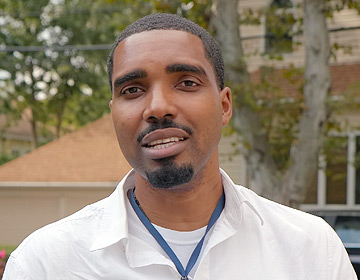A: The National Hospice and Palliative Care Organization define Hospice as a “health care system of interdisciplinary services provided to patients and their families during the final stage of life.” It is important to understand; Hospice is a philosophy of care rather than a physical place.
Hospice care is comprehensive interdisciplinary care provided within the last six months of a person’s life. Hospice care is patient-directed and is designed to assist the patient in maintaining comfort, dignity, and quality of life.
The primary difference between home care, palliative care, and hospice care is the goal of the service. People come into a traditional home care program like Calvary’s Certified Home Health Agency to get better after a serious illness or surgery.
The anticipated goal is that the patients’ pre-illness status will be achieved. Others require palliative services to remain pain-free and comfortable. Finally, hospice services are provided in instances where recovery is not possible, and the patient is expected to have less than six months of life left.







